Yes, you should brush your teeth after whitening strips, but wait at least 30 minutes before doing so. This waiting period protects your enamel, allows the whitening agents to finish working, and reduces irritation. Use a soft-bristled toothbrush and toothpaste for sensitive teeth to keep your smile healthy.
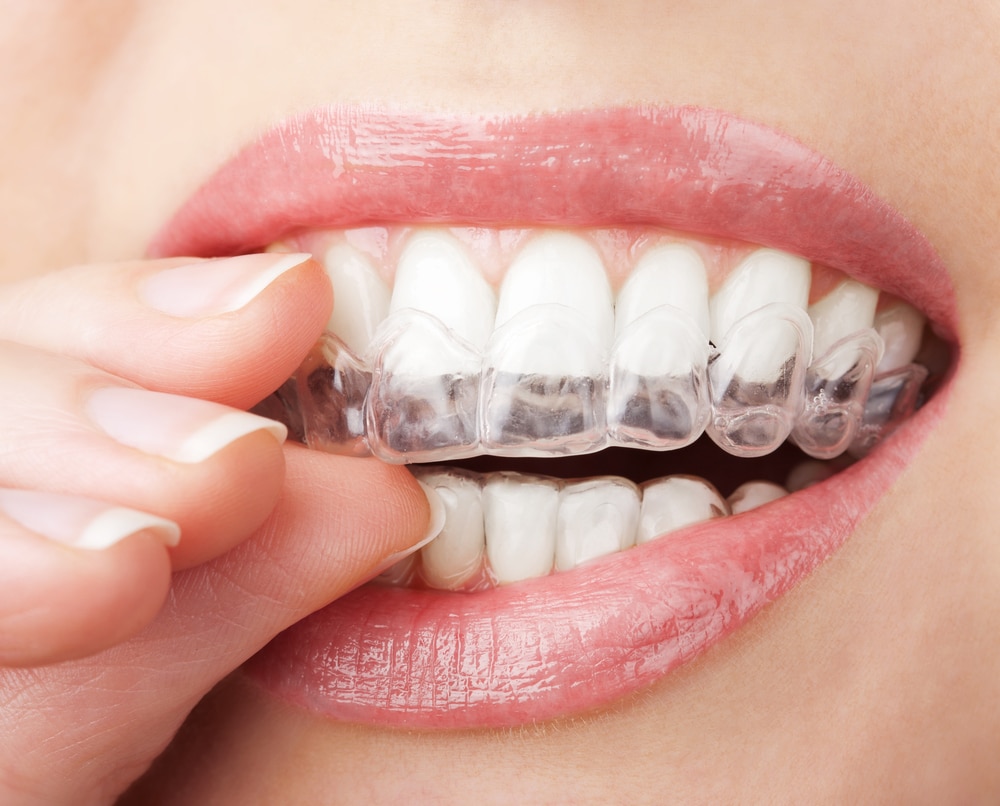
Whitening strips use peroxide-based gels, often hydrogen peroxide or carbamide peroxide, to bleach stains on the enamel surface. These chemicals penetrate through tiny pores in your enamel to break down discoloration.
During treatment, enamel becomes more porous and slightly softened. This is temporary, but during this time your teeth are more sensitive and prone to irritation. Brushing too soon can cause enamel erosion or gum discomfort.
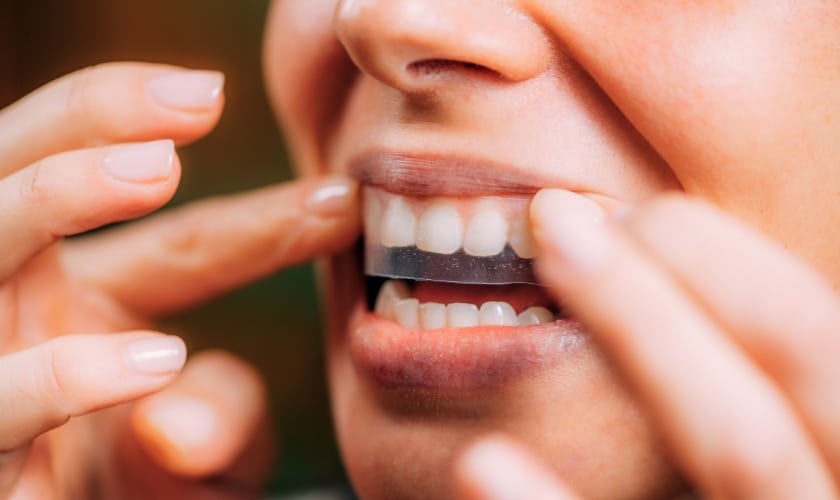
The active ingredients open micro-pores in enamel and target stain molecules. The process is effective but leaves enamel vulnerable for a short time after treatment.
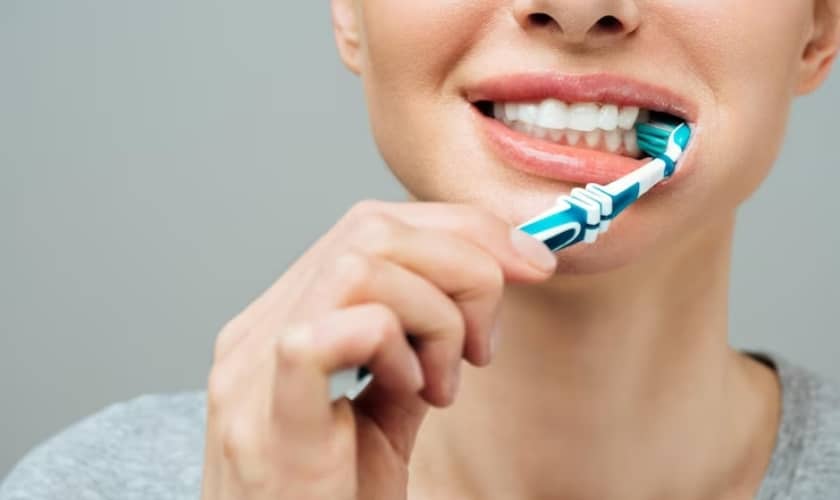
This is why brushing immediately is discouraged. Teeth need time to re-mineralize and regain hardness before exposure to abrasion from a toothbrush. It also explains why teeth stay yellow for some patients even with daily brushing—factors like enamel thinning, diet, and natural tooth color play a role beyond surface stains.
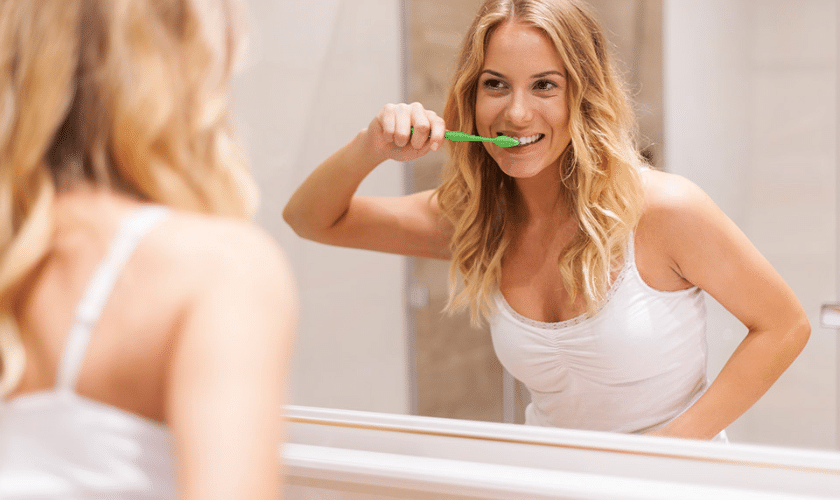
Brushing before applying whitening strips removes plaque and food particles. This ensures better contact between the whitening gel and enamel. Cleaner surfaces mean more even whitening results.
Waiting before applying strips prevents gum irritation and keeps the peroxide from interacting with toothpaste chemicals.
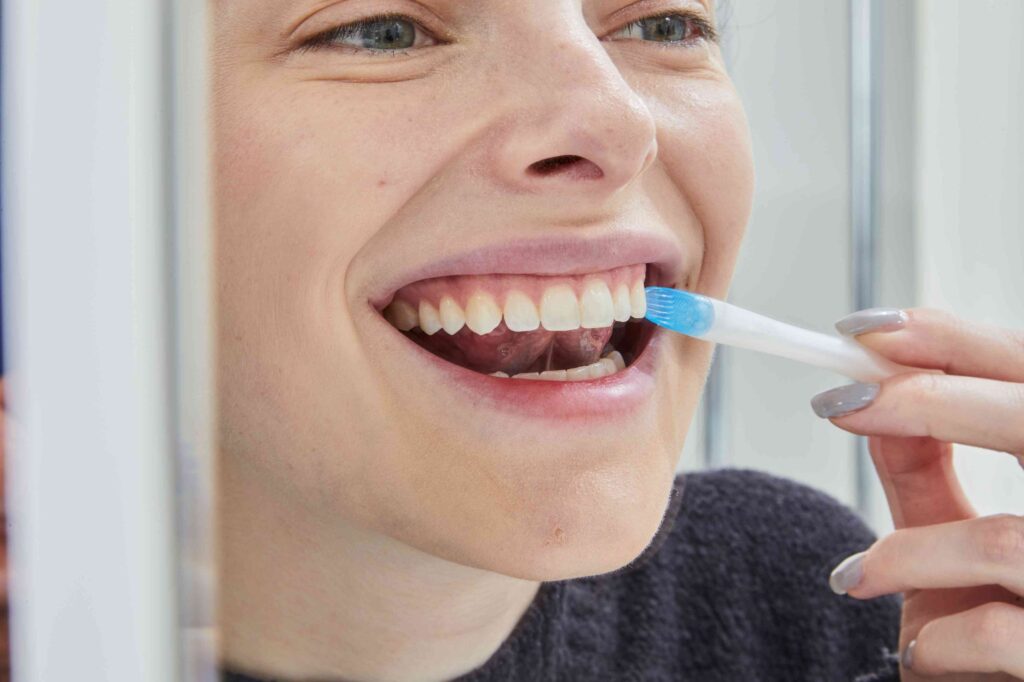
Brushing immediately after whitening strips is not safe. The peroxide leaves enamel temporarily weakened, and brushing can wear away the softened surface. It also risks irritating gums already exposed to whitening gel.
Most dental professionals recommend waiting 30 minutes. This gives enamel time to re-harden and saliva time to restore minerals. Some products may recommend longer, so follow manufacturer instructions.
Following these steps prevents enamel erosion and reduces gum irritation.
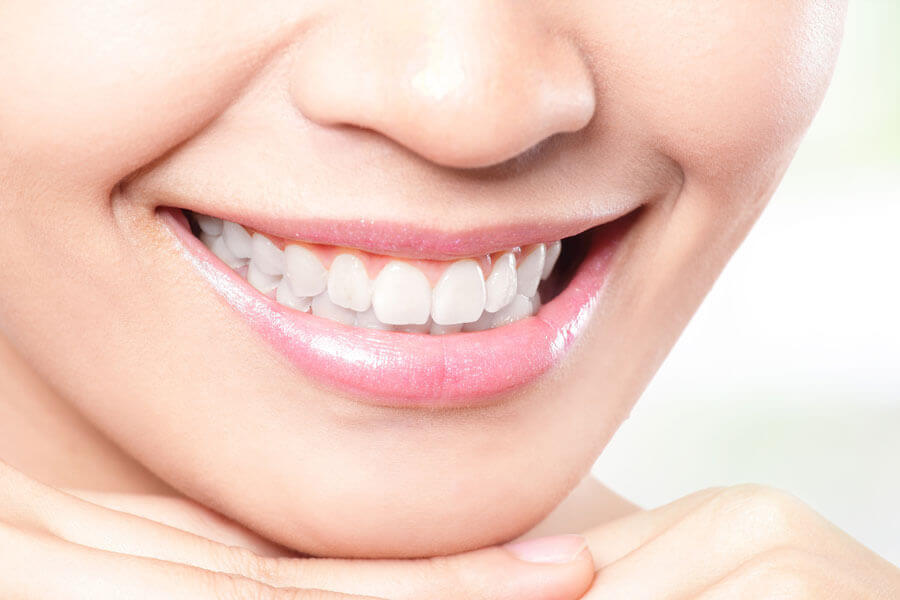
If you feel uncomfortable after removing strips, rinse your mouth with plain water instead of brushing. You can also use an alcohol-free, fluoride mouthwash to freshen your mouth and help enamel recovery. This gives you comfort while still protecting enamel from abrasion.
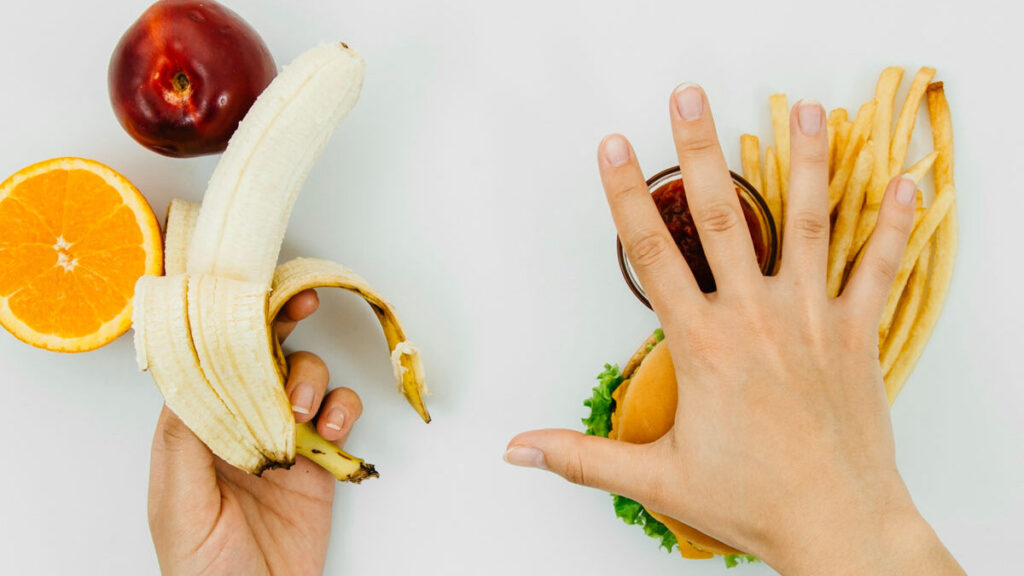
For the first 24 to 48 hours after whitening, teeth are more porous and can stain more easily. Avoid the following:
Stick to water, dairy products, white meats, and light-colored foods to protect your results.
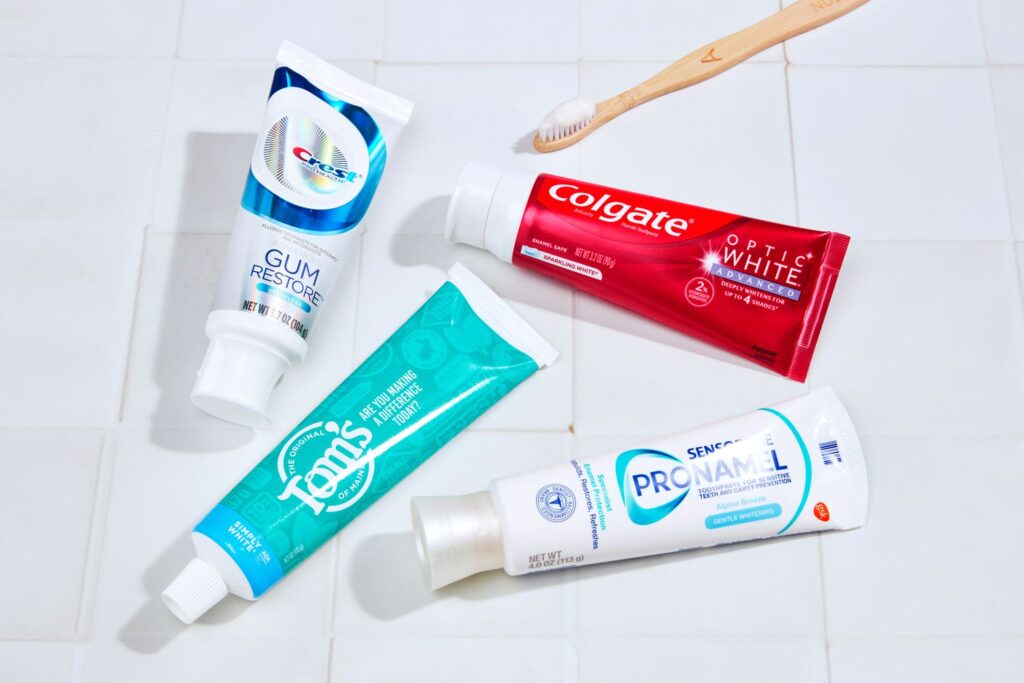
Buford Dentist recommends toothpaste specifically formulated for sensitive teeth during your whitening period. This reduces discomfort and keeps enamel strong.
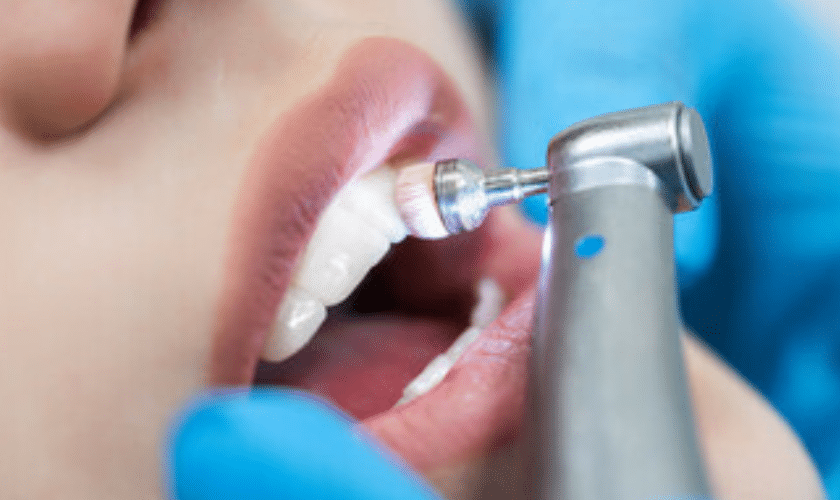
If your teeth are naturally sensitive, whitening strips may cause more discomfort. Adjust your care plan:
If irritation persists, consult your dentist for alternative whitening methods such as professional in-office treatments with customized protection.
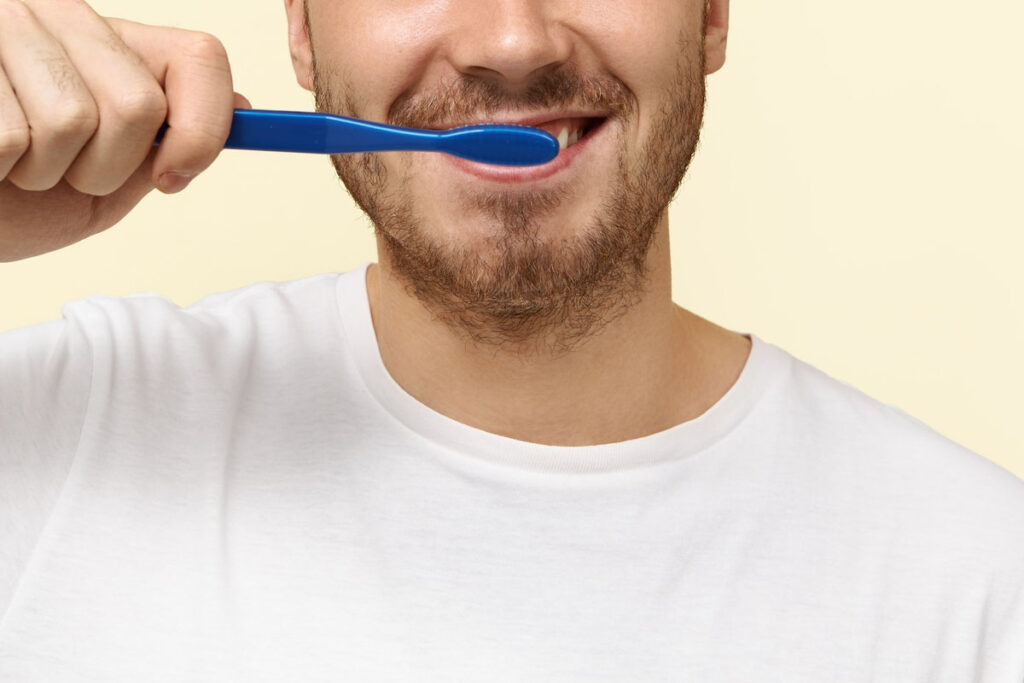
If you accidentally brushed right after using strips, do not panic. You may notice temporary gum irritation or extra sensitivity. To reduce discomfort:
If pain or irritation continues, contact Buford Dentist for an evaluation.
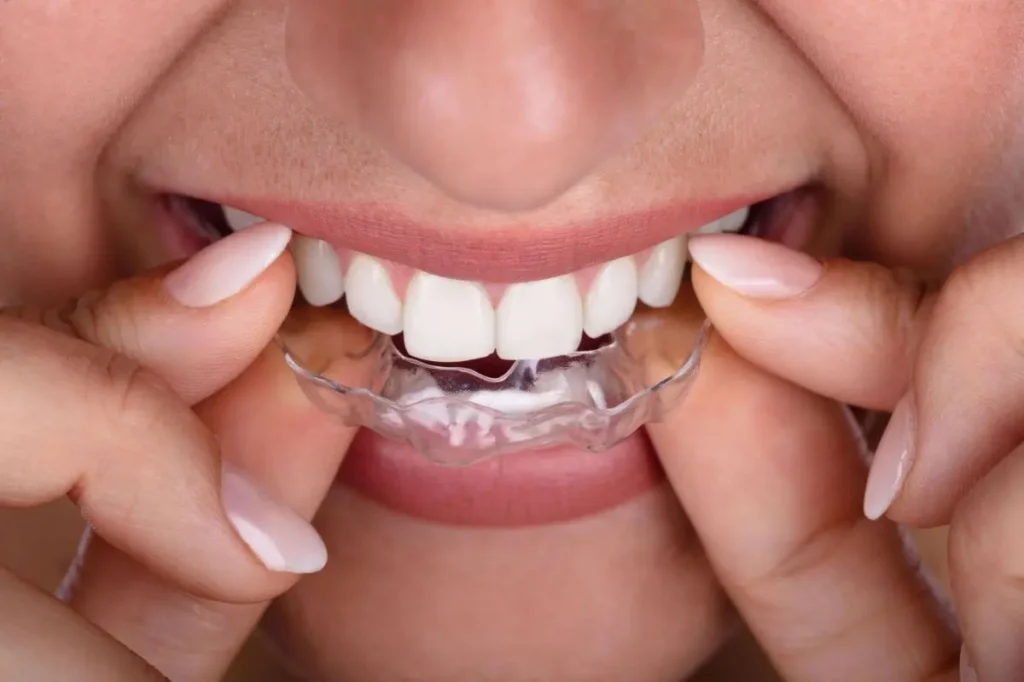
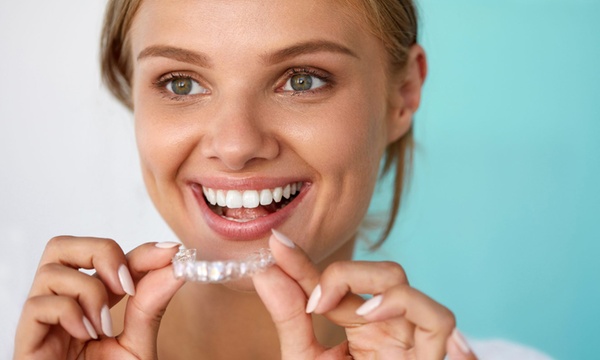
Dental research supports the 30-minute waiting period. A study published in the Journal of the American Dental Association found that peroxide treatments temporarily increase enamel porosity. Another study from the Journal of Dentistry confirmed that brushing immediately after peroxide exposure increases enamel wear.
Professional dental associations emphasize using whitening products as directed and always following up with fluoride-based care. Buford Dentist follows these guidelines in patient care and stresses waiting before brushing to maintain enamel integrity.
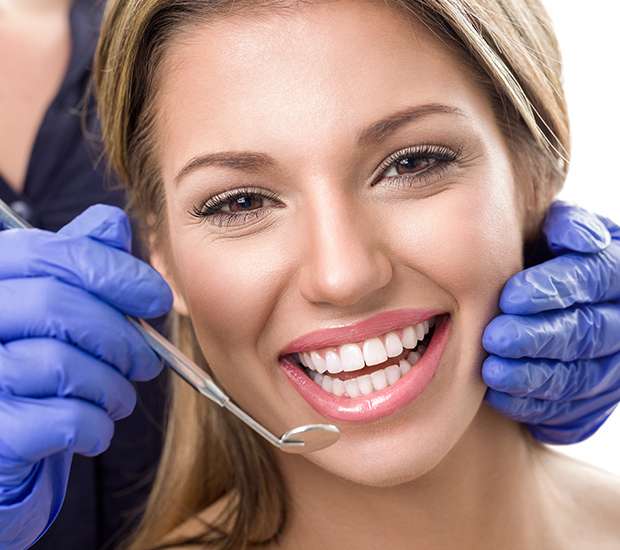
By taking these steps, you protect your enamel, extend the life of your whitening results, and reduce sensitivity. Buford Dentist advises patients to treat whitening as part of a complete oral care routine, not a quick fix.